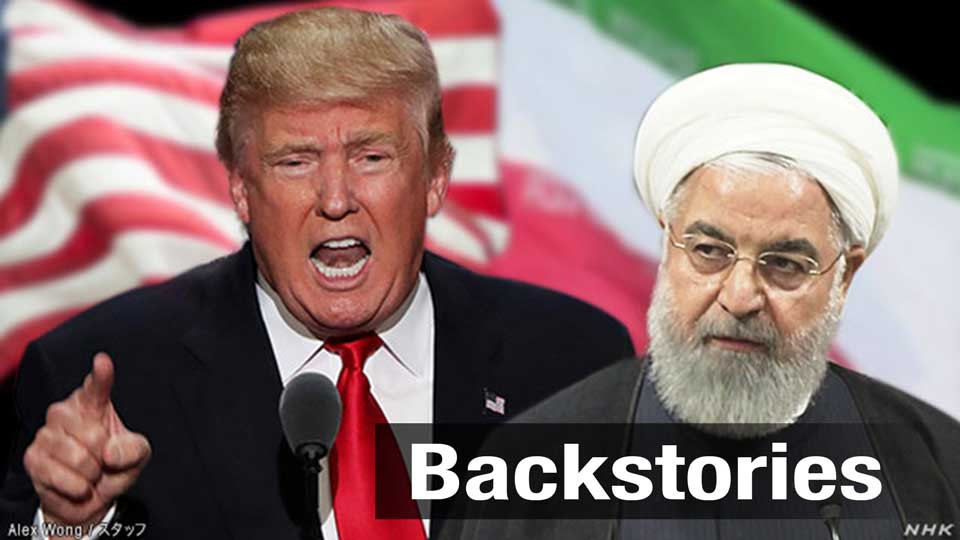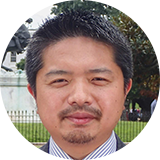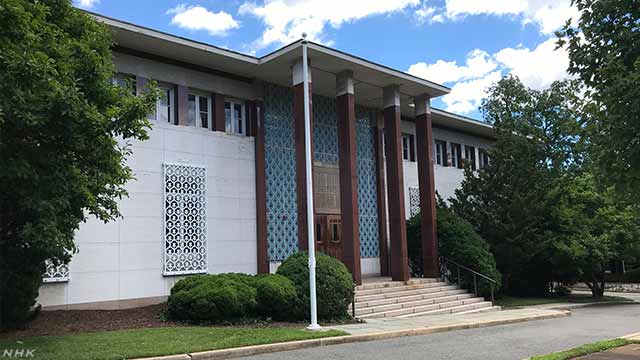
Many Americans still have vivid memories of the 1979 Iran hostage crisis.
Student followers of Ayatollah Khomeini, then Supreme Leader of the Islamic Republic of Iran, seized the US embassy in the capital, Tehran. They took embassy staff hostage for 444 days, demanding Washington hand over Shah Pahlavi, who had fled to the US following the Iranian Revolution. Since then, the two countries have had no diplomatic relations.
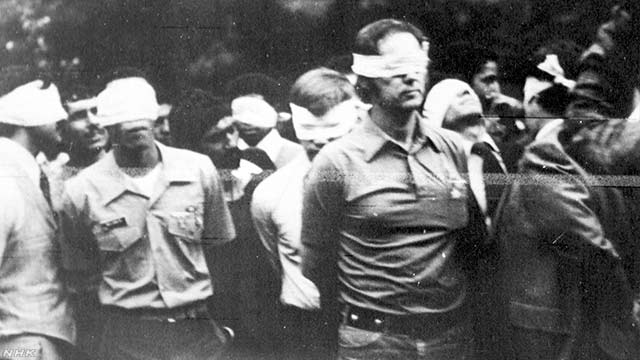
59-year-old Kevin Hermening, who was then 20, was a security staffer at the embassy. He was one of the over 50 employees held captive. He says they slept handcuffed and tied together by their feet. He also remembers the fear he felt when he was suddenly woken in the middle of night. He thought he was about to be executed.
"They should apologize for what they did," he says. "They should pay the US government back for all the money that was spent on the losses of the Americans. I don’t trust them still. They have not to me appeared to be an honest broker, an honest partner in any discussions or debates."
Among the students who seized the embassy was former president Mahmoud Ahmadinejad. His administration was defined by its anti-US stance.
The hostage crisis was covered extensively in the US, where color TVs were a fixture in almost every living room. The footage shocked the public, and experts say it instilled a hatred of Iran in many Americans.
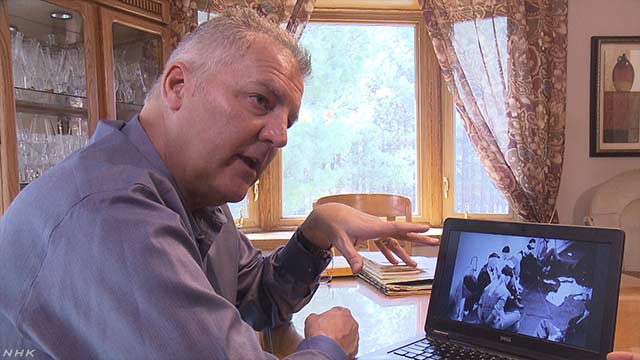
In 2002, Iran's nuclear development program came to light, adding to Americans' distrust of the country. President Trump, who took office in 2017, fed into this mindset, making clear that his administration would have a hostile stance toward Iran. This marked a departure from US policy under President Barack Obama, who worked to bring the two countries closer together.
Trump called the Obama-era Iran nuclear deal "a great embarrassment to all citizens of the United States" and unilaterally pulled out of the pact, defying international opposition. He then went on to announce sanctions on Iranian oil exports, the lifeline of the country's economy, and designate the elite Islamic Revolutionary Guard Corps a terrorist organization.
The Trump administration's hostile policy has been playing out in a number of areas.
Last December, the Department of Defense invited foreign media to a military facility that is usually off limits. Officials showed reporters wreckage from ballistic missiles and drones. They said the weapons were produced by Iran and provided to armed groups in Yemen and elsewhere in the Middle East.
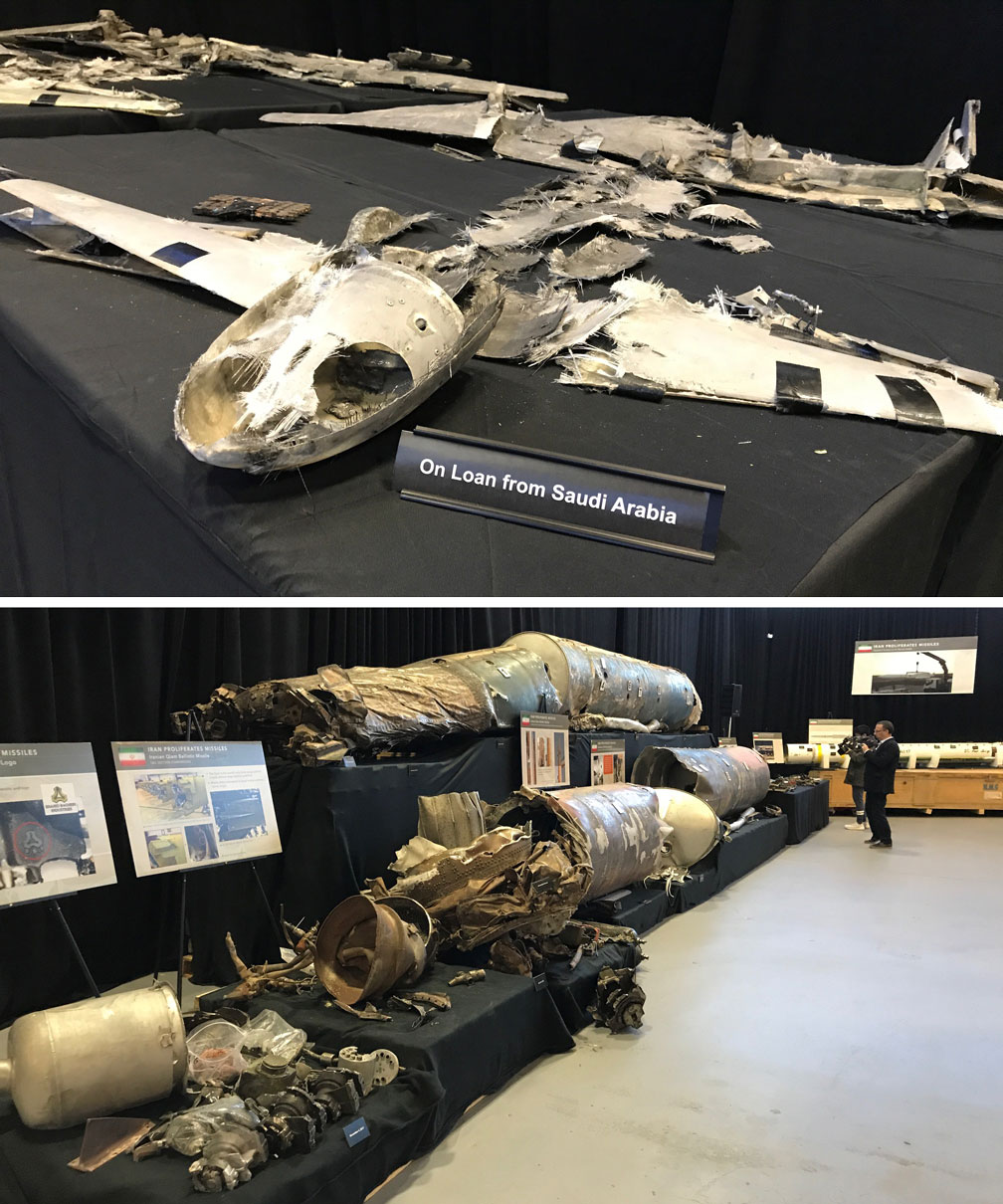
At the same time, the Department of State is making efforts to talk to the people of Iran. An illustration posted by Department Twitter account included this message: "The current Iranian administration tortures Iranians to yield confessions. Why is it so afraid of people seeking their fundamental rights?"
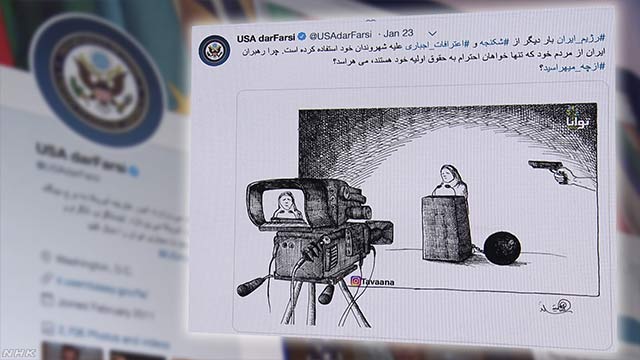
The State Department's Brian Hook is the US Special Representative for Iran. We asked him if the Trump administration is seeking regime change.
"What we've called for is a change in the regime's behavior," he said. "The future of the Iranian nation is up to the Iranian people, which is the way it should be. The longest suffering victims of the Iranian regime are the Iranian people. So, we’ve been standing with the Iranian people very consistently and the future of Iran is up to the Iranian people."
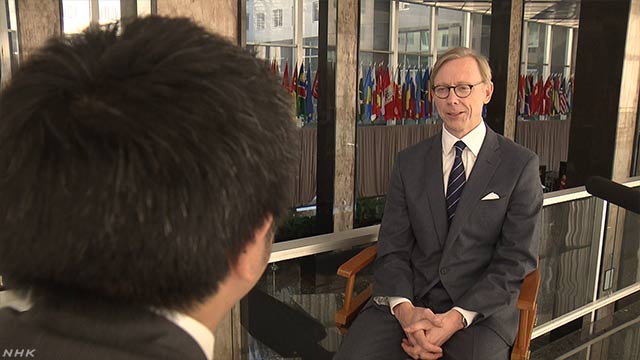
But National Security Adviser John Bolton, known as an Iran hardliner, publicly called for regime change before joining the Trump administration. He is reported to have stressed the need for a military strike on Iran when President Trump temporarily approved one on June 20.
Bolton posted a video message for Supreme Leader Khamenei on Twitter in February when Iran marked the 40th anniversary of the Islamic Revolution.
"So, Ayatollah Khamenei, for all your boasts, for all your threats to the life of the American President, you are responsible for terrorizing your own people, terrorizing the world as a whole. I don't think you have many more anniversaries to enjoy."
But the regime change approach has drawn criticism from Middle East experts.
"We should not assume that change will happen quickly or in the near future," says Professor Ellen Laipson of George Mason University. "The revolution is quite embedded. It's quite structurally penetrated into the way the Iranian economy works, the way the political system works"
She adds: "It's not clear that the Trump administration really has any new strategy. They are relying on the existing tools that have always been part of American policy, perhaps over-relying on sanctions yet again, even though we have a lot of evidence that sanctions alone do not transform the thinking of Iranian officials. It does not bring about profound change in Iran's behavior.”
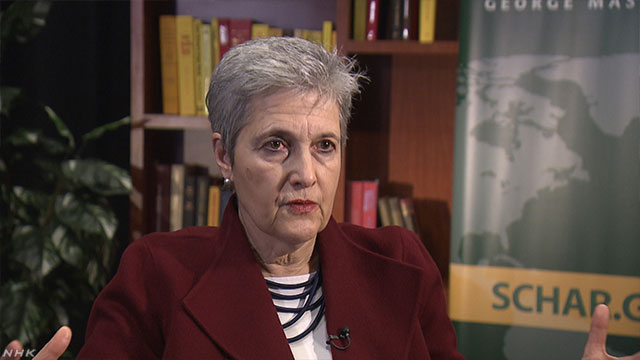
Will the day come when the Iranian flag finally flies again on Embassy Row? Judging from how things currently stand, this day is not likely to be anytime soon.
